NASA’s James Webb Space Telescope has captured stunning images of Jupiter. The telescope has only been in operation for
NASA’s James Webb Space Telescope has captured stunning images of Jupiter. The telescope has only been in operation for a few weeks but it has surprised the world again with its capabilities. NASA has shared the stunning image for the world to see. Here’s more about it.
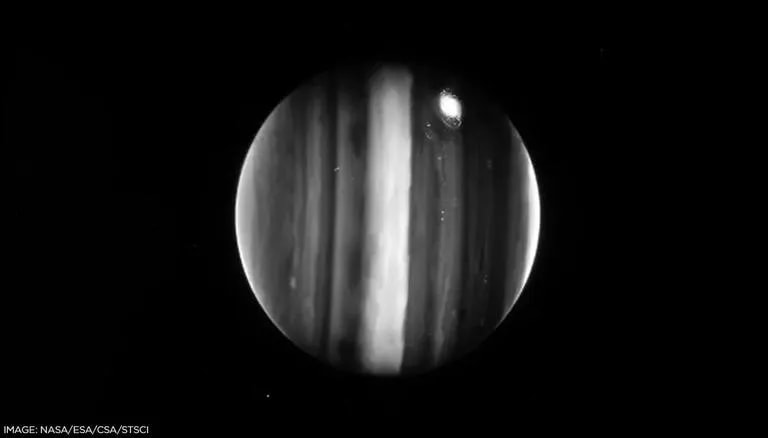

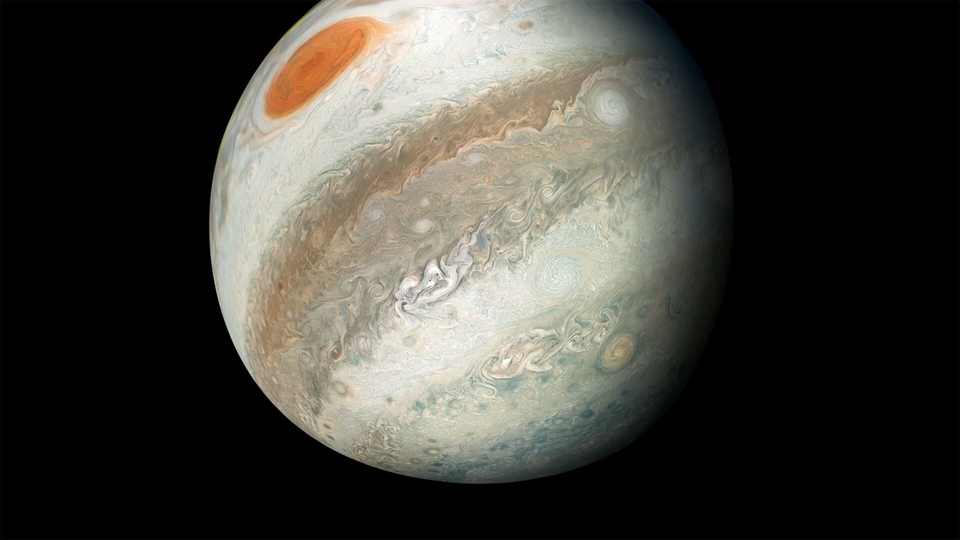
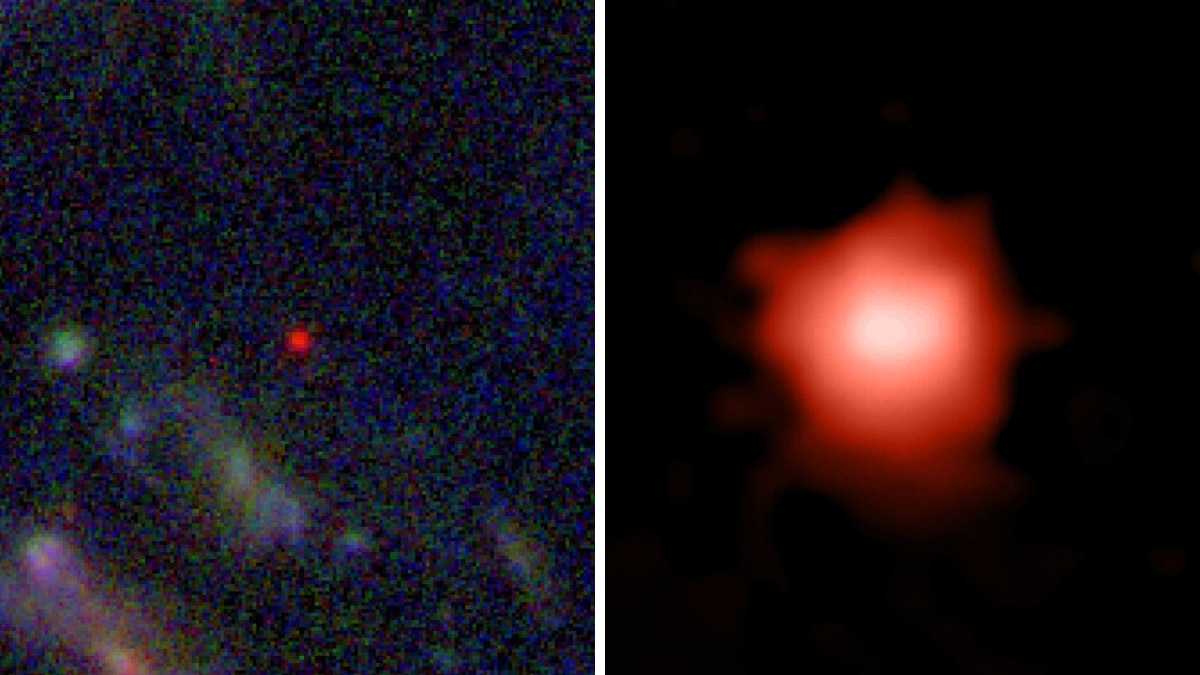
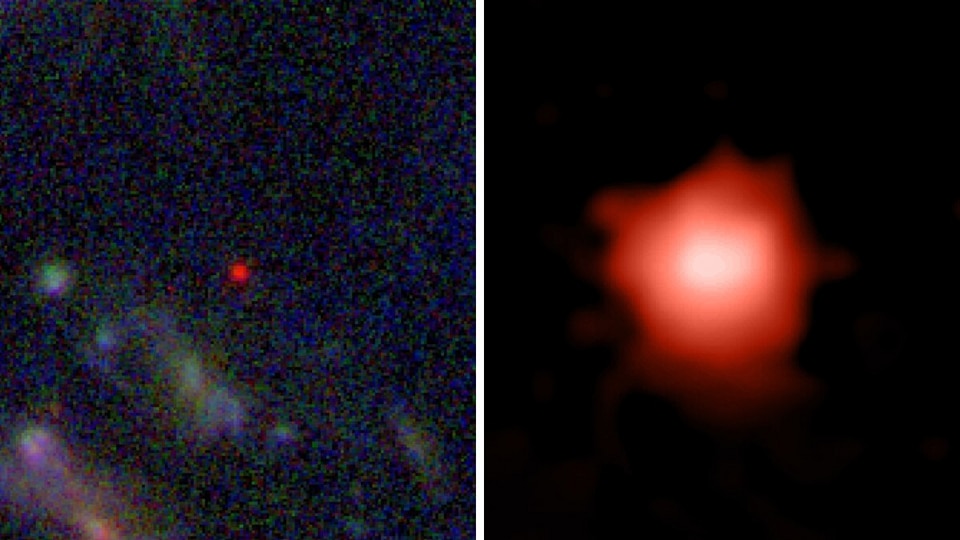
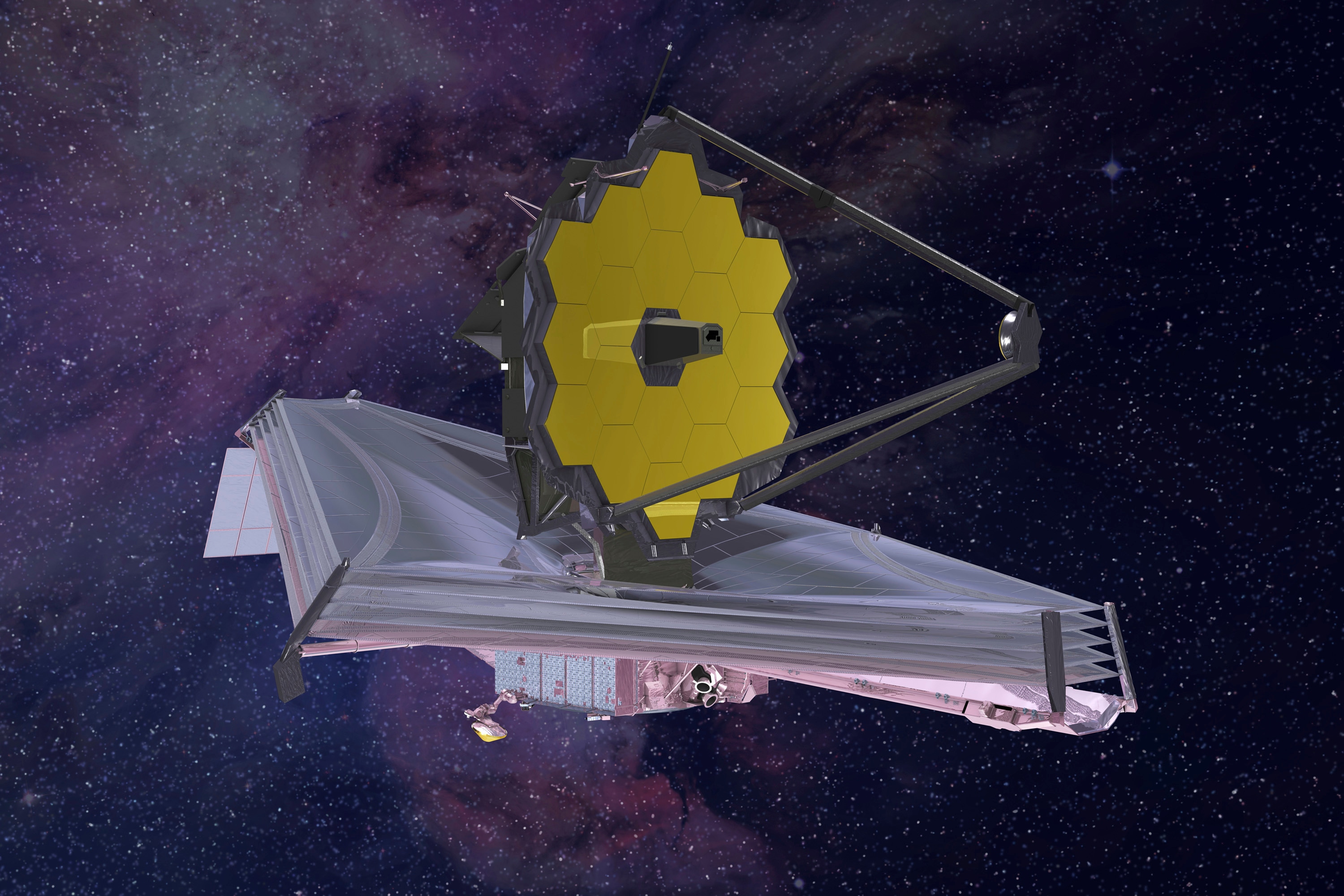
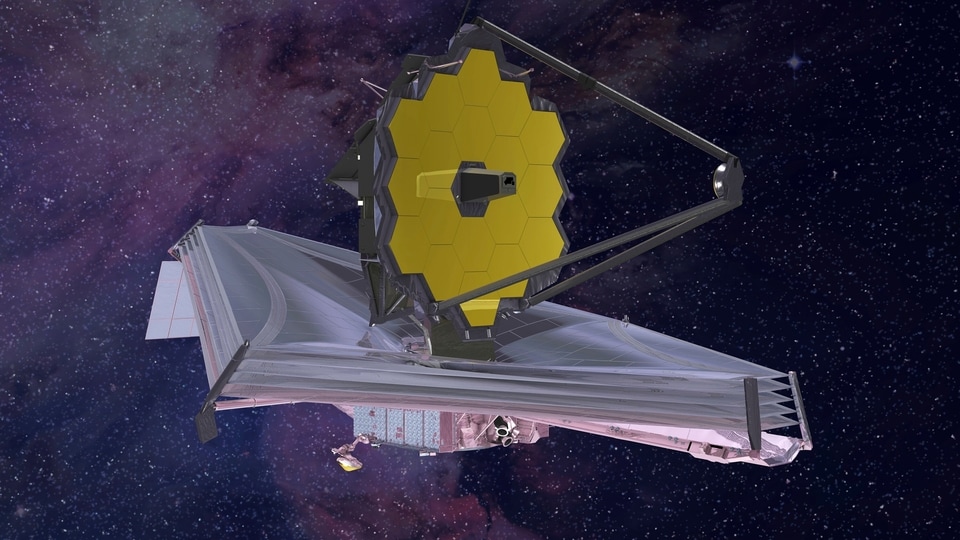
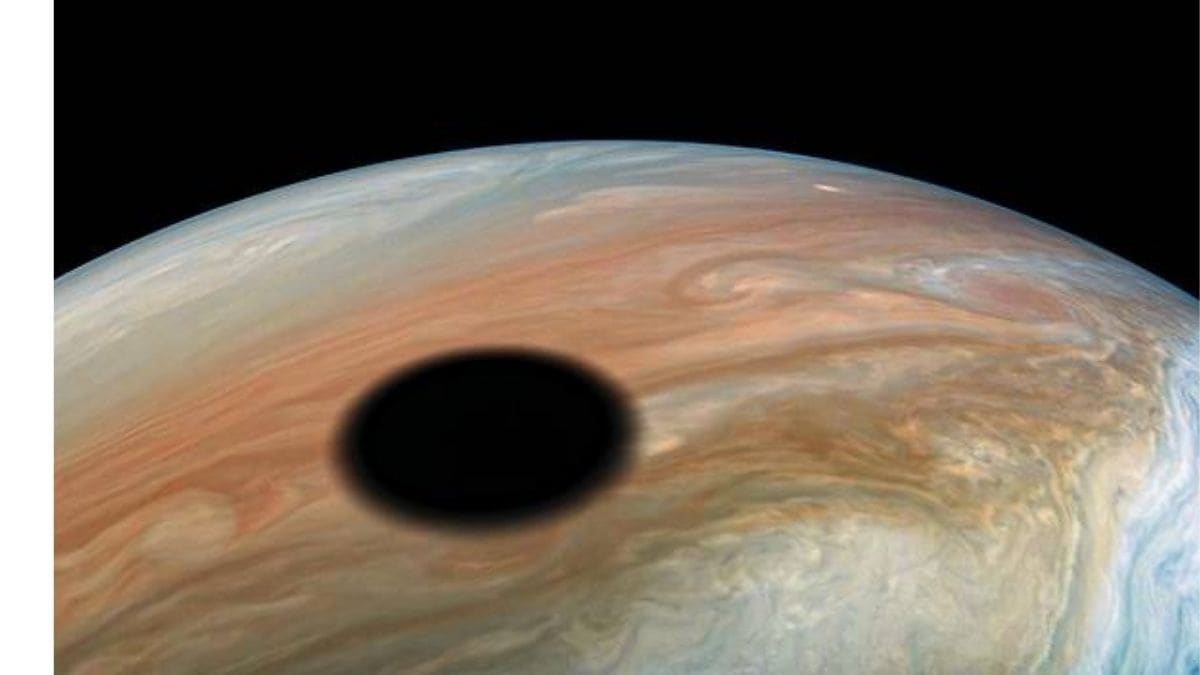

First Published Date: 02 Aug, 10:19 IST
NEXT ARTICLE BEGINS


































